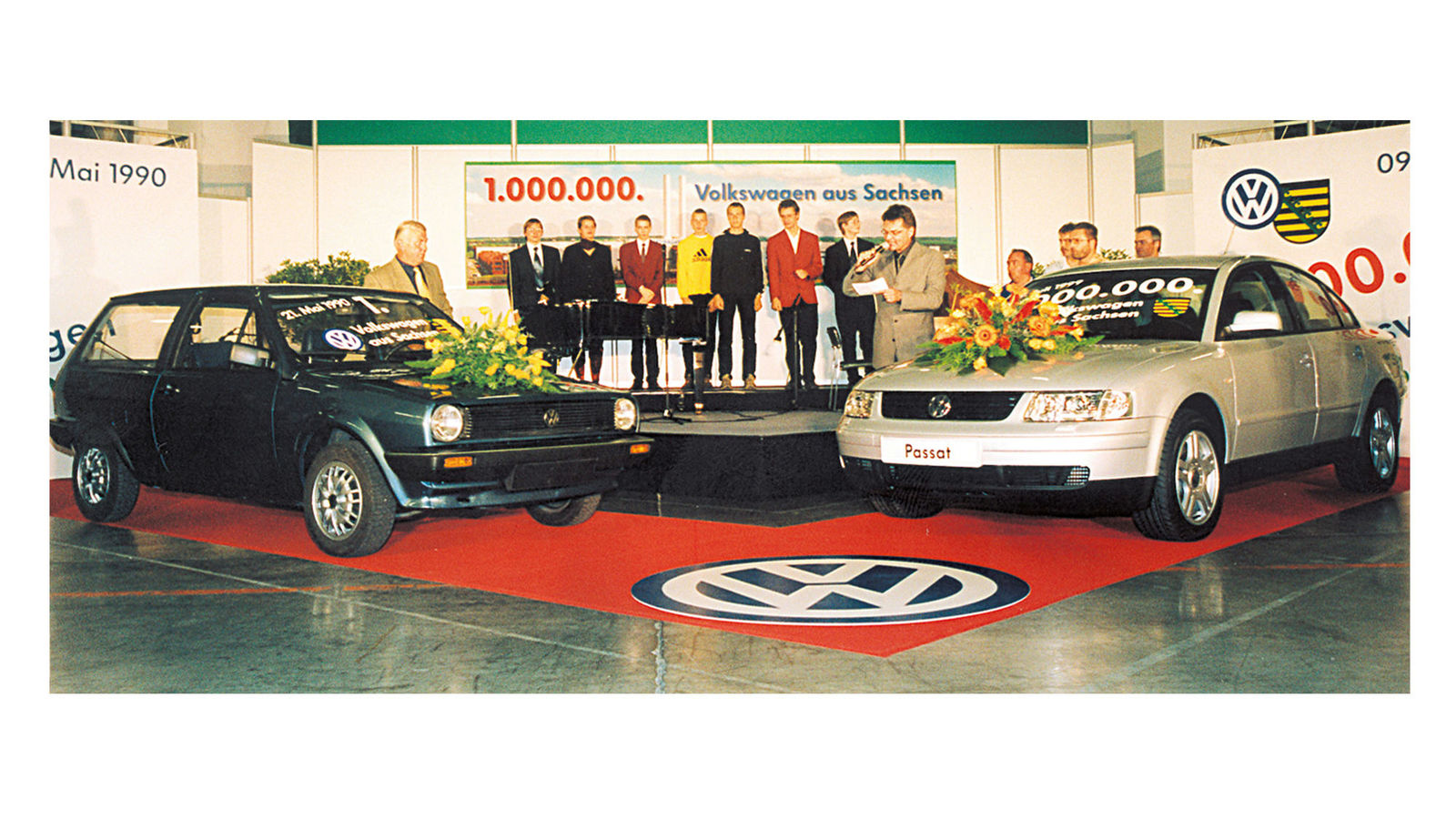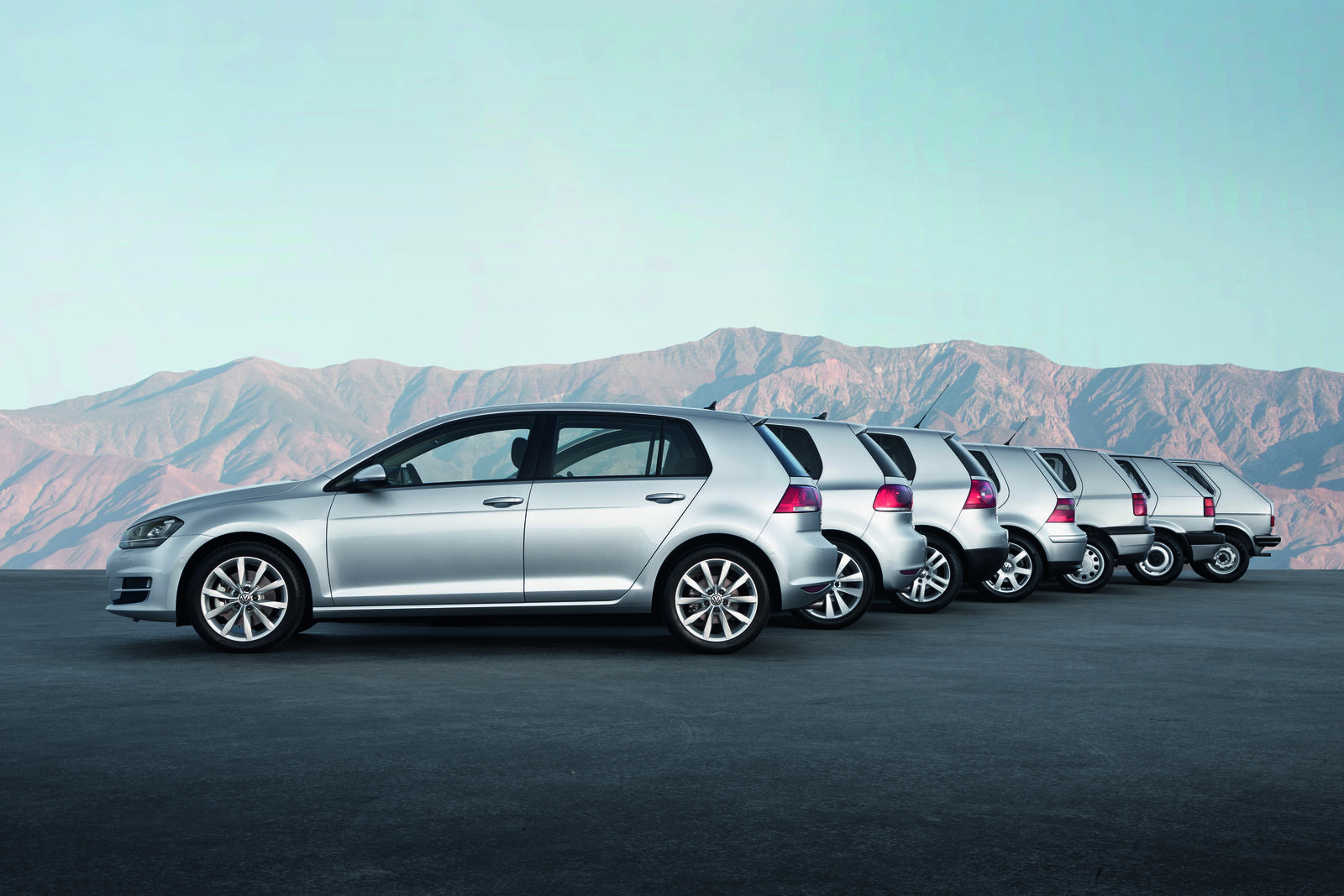Technical innovations: the six-cylinder engine (VR6), the cruise control system, the oxidation catalytic converter for diesel engines and the direct-injection diesel engine (TDI), which raised the subject of diesel and driving dynamics to a completely new level. In 1996, the Golf also had its first side airbags, and shortly afterwards ABS became standard for all Golf models. The concept works, and numerous derivatives increase sales even further. By the time it was replaced, the Golf III had sold 4.83 million units. Check here for more pictures of Golf III
Golf IV: 1997 - 2003
Continuity leads to success. Golf IV is presented to the press in Bonn on August 18 1997. Hartmut Warkuß, head of design, builds bridges to the original Golf in the design of the fourth generation: long roof, steep rear and the powerful C-pillar form part of the brand’s design DNA. Hartmut Warkuß: “The Golf is a monument. A car that seamlessly followed in the footsteps of the global success of the Beetle. It made sense to underline the company’s strategy in an evolutionary rather than a revolutionary way. It is important to show continuity at a very high level.” But the Golf IV was not only visually groundbreaking, it was also technically groundbreaking. With it, Volkswagen achieved a new quality standard in the segment and was the first manufacturer to break through the class boundaries.
At the same time, the democratization of safety continued with the debut of the Electronic Stability Control (ESC) in the Golf (1998). Technical milestones were also reached in the fourth generation: in 1998 the first all-wheel drive Golf with Haldex clutch – the Golf 4MOTION – was introduced. Shortly thereafter, the Golf introduced the 6-speed transmission. On its 25th birthday, a special GTI model with 132 kW / 180 hp, the Golf GTI "Edition 25", which is now in great demand as a collector's item, is launched. In 2002, Volkswagen presents the most sporty Golf to date: the 250 km/h fast Golf R32.









